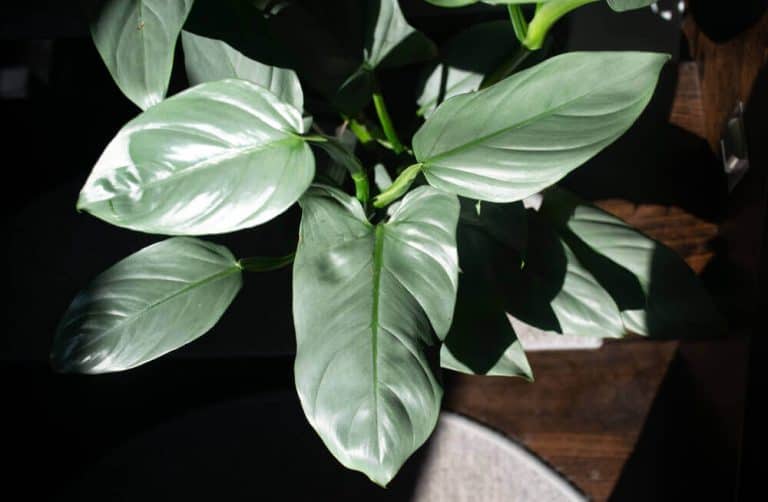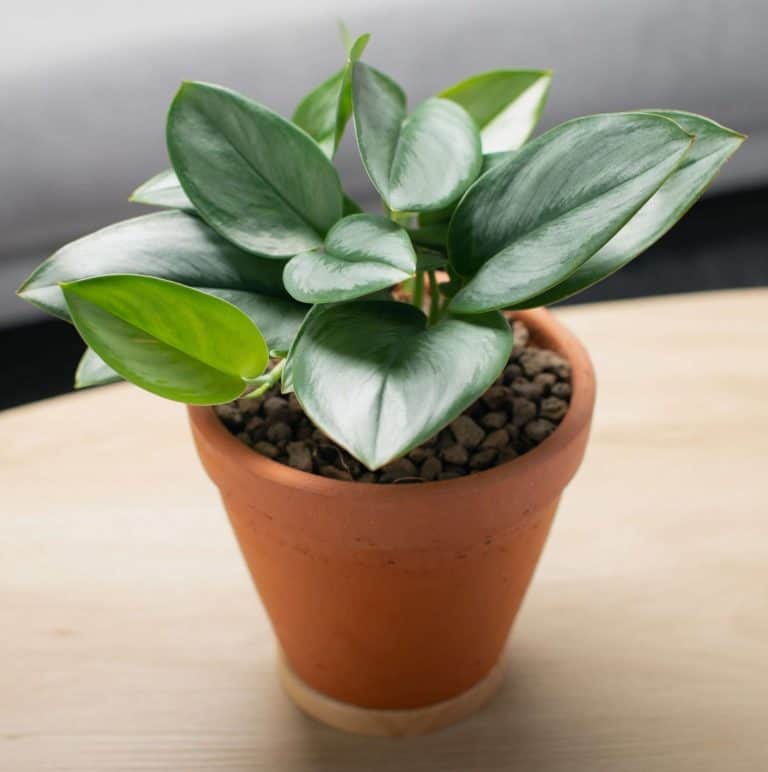Philodendron Gloriosum – Simple Care Guide
The philodendron gloriosum is a creeper houseplant known for producing stark heart-shaped leaves.
This species is popular amongst those with experience of caring for temperamental houseplants, but due to their slow-growing nature, they’re not always the best option for impatient beginners.
If you provide your philodendron gloriosum with enough patience and the right care requirements, you’ll be met with a fabulous specimen bearing large, bright green heart-shaped leaves.
Here is everything you need to know about the philodendron gloriosum, including how to care for this plant!
DISCLAIMER
Some of the links on here are affiliate links and I may earn if you click on them, AT NO EXTRA cost to you. Hope you find the information here useful! Thanks.
Related Articles:
- Philodendron Hederaceum – Heartleaf Philodendron Care Guide
- Scindapsus Pictus Exotica – Complete Growing Guide
- What Do Plants Need To Grow And Survive? [2022 Guide!]
- Why Are Pink Princess Philodendrons So Beloved? – Care Tips [2022]
- Can You Grow Tomatoes In A Grow Tent? + Tips For Quick Growth [2022]
What Is a Philodendron gloriosum?
The philodendron gloriosum is a creeper plant in the Araceae family. They are native to the subtropical and tropical regions of Colombia, but also appear in Brazil, Venezuela, Mexico, and other parts of Central America.
These houseplants can grow up to (and sometimes over) 30 cm in diameter, exhibiting fabulous large heart-shaped leaves. These leaves come in varying shades of green with distinctive light green or white veins.
As juveniles, the underside of the leaves is pinkish before turning green like the upper side.
Philodendron gloriosum are creeping terrestrials, which is fairly uncommon amongst other philodendron species. Most philodendrons grow vertically, while the philodendron gloriosum grows horizontally across the substrate.
This is something beginner houseplant owners don’t consider, resulting in growing the plant in improper potting conditions.
The care requirements for philodendron gloriosum are fairly specific, but they’re not the hardest plants to grow. It’s certainly worth the extra patience and attention when the plant responds with its fabulous appearance.
Philodendron gloriosum Care Guide
Soil
Philodendron gloriosum requires well-drained soil that is high in nutrients and organic matter. This is to allow for proper nourishment to encourage the slow-growing plant to grow.
Sandy and loamy soil are the best for these houseplants, especially when combined with peat or perlite – which allow for moisture retention while providing enough oxygenation.
Organic horticultural charcoal is another beneficial addition to the soil as it helps to remove toxins and sweeten the soil.

As charcoal is the product of burning trees (which unfortunately happens in the plant’s native environments), this also helps to mimic their natural habitat.
Pot
Most philodendrons require a simple vertical, round pot with suitable draining holes at the bottom. The philodendron gloriosum, however,
is a creeper plant that grows horizontally, so you’ll need to accommodate their growth with a specific pot shape.
We recommend opting for a porous terracotta rectangular pot with sufficient drainage holes, large enough for the plant to grow without feeling too cramped, while small enough to not overwhelm the plant.

As these plants are slow growers, you won’t need to change the pot too often anyway. Also, ensure the pot has a good drainage system to prevent waterlogging.
Water
Philodendron gloriosum are fairly straightforward to water. They typically prefer damp soil, but not wet soil.
The best way to know when your plant needs water is to stick your finger an inch down into the soil. Ignore the top layer of soil because this dries out the fastest, making it an unreliable indicator of your plant’s needs.
If the soil is dry, water your plant (tap water is fine but rainwater is excellent) in the bathtub or garden. Pour the water around the soil with a fine mesh-head watering can for even coverage until it starts to seep through the drainage holes.

Underwatered philodendron gloriosum will typically show their needs through browning leaves that appear limp.
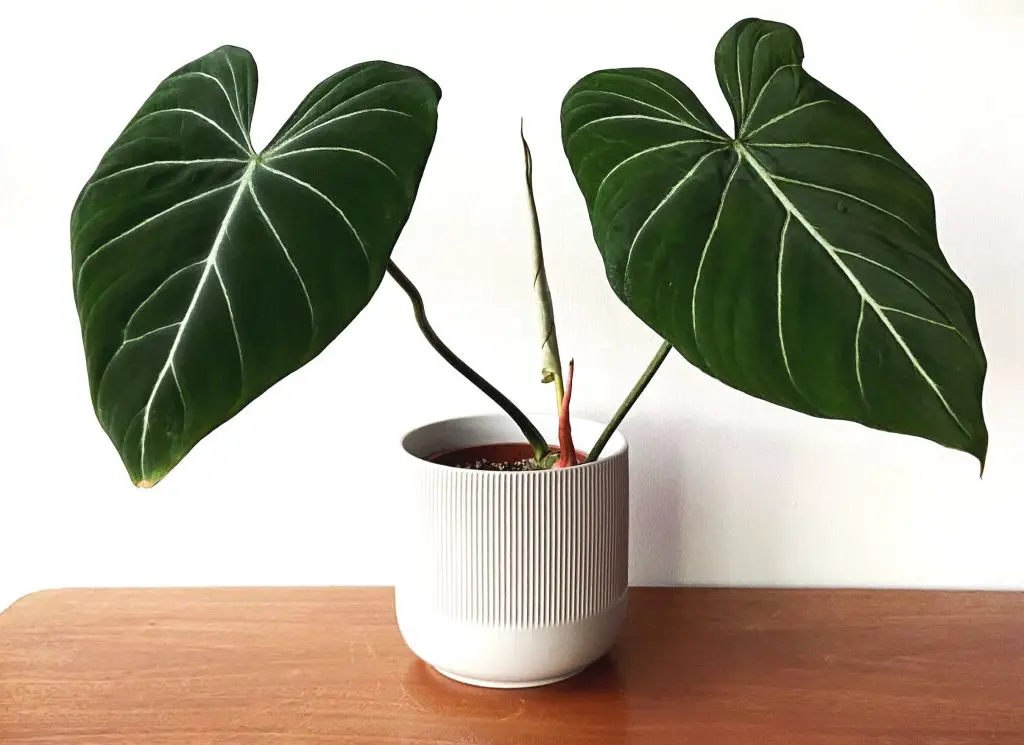
Overwatered philodendron gloriosum will develop yellow, floppy leaves and potentially mushy roots, which is a sign of root rot.
Depending on your plant and the season, you’ll probably only have to water your philodendron gloriosum once a week – maybe twice in summer.
Light
In their natural environment, the philodendron gloriosum is sheltered by taller plants and trees, meaning they don’t always receive access to direct sunlight. This means that they prefer to grow in a bright area with indirect sunlight.
Direct sunlight might sound beneficial, but it’ll actually work to dry out the soil faster (restricting the plant from water) and can burn the beautiful leaves.
Indirect sunlight, however, provides enough light for the plant to photosynthesize without burning.
If you’re an experienced houseplant owner wanting to encourage the growth of your philodendron gloriosum, you can afford to put it by a Full Spectrum LED indoor plant light.

These rays aren’t as powerful as direct sunlight, and they will increase the growth speed. However, it’s still important that the plant isn’t directly underneath the LED light, as this can burn the leaves still.
Temperature and Humidity Philodendron gloriosum
While philodendron gloriosum are tropical plants, they don’t actually need to grow in the hottest of temperatures.
They naturally grow underneath the shrubbery, trees, and taller plants, meaning they generally receive less warmth.
The optimal growing temperature is around 65-85 °F, which is around the average temperature for most philodendrons and other houseplants.
They naturally go dormant during the night, wherein they prefer cooler temperatures of between 60-70 °F.
While the philodendron gloriosum isn’t too fussy about temperature, they have slightly more specific humidity requirements. These plants love to grow in a humid environment of around 60-80%,
as this encourages them to grow faster. Having said that, they can grow in lower levels of humidity around 40%, but they will grow at a slower rate.
If you’re struggling to meet these humidity requirements, it might be worth investing in a humidifier – especially if you’ve got several houseplants with the same requirements.

Alternatively, you can use cheaper methods to raise the humidity levels.
Misting your philodendron gloriosum regularly is beneficial for three reasons. One, light amounts of water on the leaves helps to create an area of humidity.
Two, it helps to keep the leaves clean and free from dust and pests. Three, misting your philodendron gloriosum around other plants is the cheapest and easiest way to raise the humidity levels.
You can also place your philodendron gloriosum on a pebble tray. Fill a large tray with pebbles and pour clean water into the tray so the pebbles are half covered by water.
Place the plant pot on the pebbles, ensuring no water touches the pot (as this can cause waterlogging near the roots).
Conclusion
The philodendron gloriosum is certainly a bit of a challenge for newbie houseplant owners. However, with a bit of patience and a lot of attention to detail, you’ll be met with a stunning large plant with distinctive heart-shaped leaves that can’t often be found in the world of houseplants.

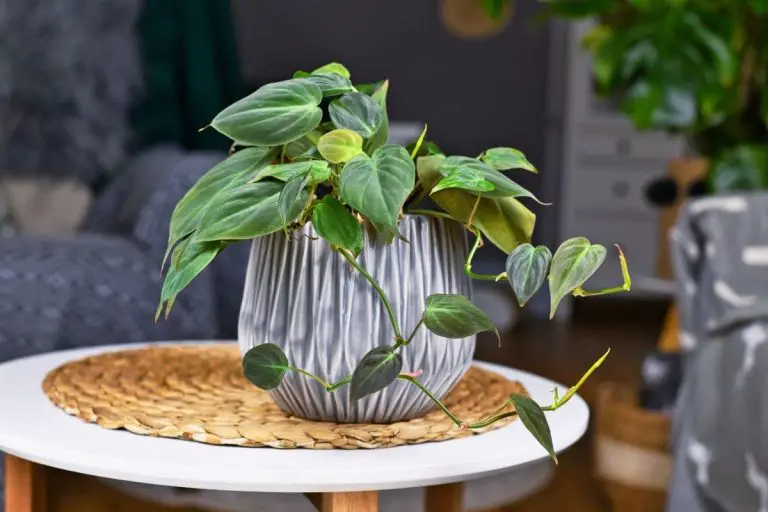
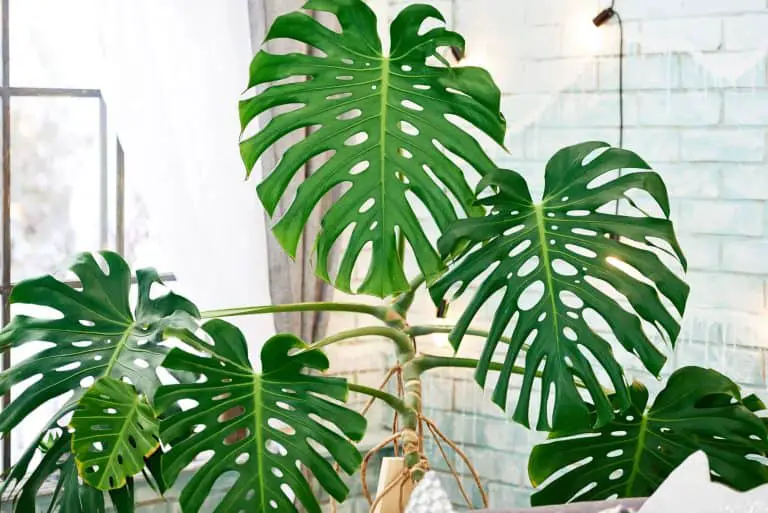
![Growing Kale Indoors Hydroponically: A Step By Step Guide [2023]](https://aboveandbeyondgardening.com/wp-content/uploads/2022/10/Growing-Kale-Indoors-Hydroponically-1-768x512.jpg)
